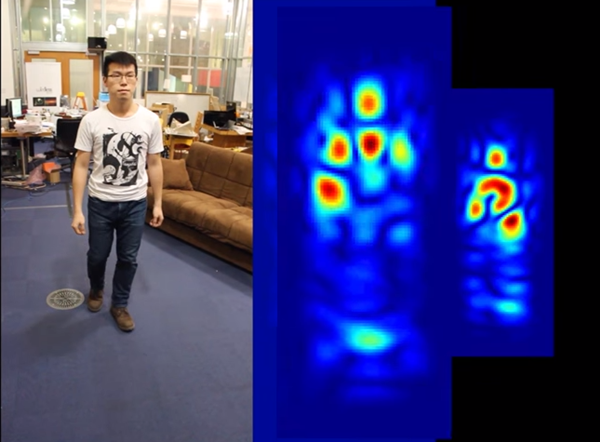An x-ray vision device is not something that can be seen only on sci-fi movies anymore. Such gadget is now a reality after a group of researchers successfully developed a technology that enables one to "see" through walls.
It was revealed that the project has been going on for over two years and now the researchers from Massachusetts Institute of Technology's Computer Science and Artificial Intelligence Lab is taking steps for the device to enter the market.
The x-ray vision technology has been named RF Capture and it may be available for everyone very soon, probably in early 2017. The best part of this is, it can be bought for just around $300 per piece, NY Post reported. Once it made its way to the market, analysts expect it to be a hit, one of the hottest items that anyone would want.
Likewise, the researchers can fully see the technology's potential in the commercial sphere. With this belief, the team is polishing a product that will be called Emerald. This device is supposed to help detect, envisage and avert falls among the aged.
The futuristic RF Capture technology has the ability to sense wireless reflections from the human body so it can capture the outline of someone who is at the other side of the wall. And even from across a building, the device allows the user to see where the person is and which hand is moving.
The invention works by transmitting wireless signals that travels through the wall. The signals then reflects the person's body and deliver data to the device. According to CSAIL researchers, the amount of radiation emitted by the gadget is similar to that of regular mobile phones which is more or less 1/10,000.
Finally, commenting on the future of their invention, MIT professor and research co-author Dina Katabi stated on MIT website, "In the same way that cellphones and WiFi routers have become indispensable parts of today's households, wireless technologies like this will help power the homes of the future."



























